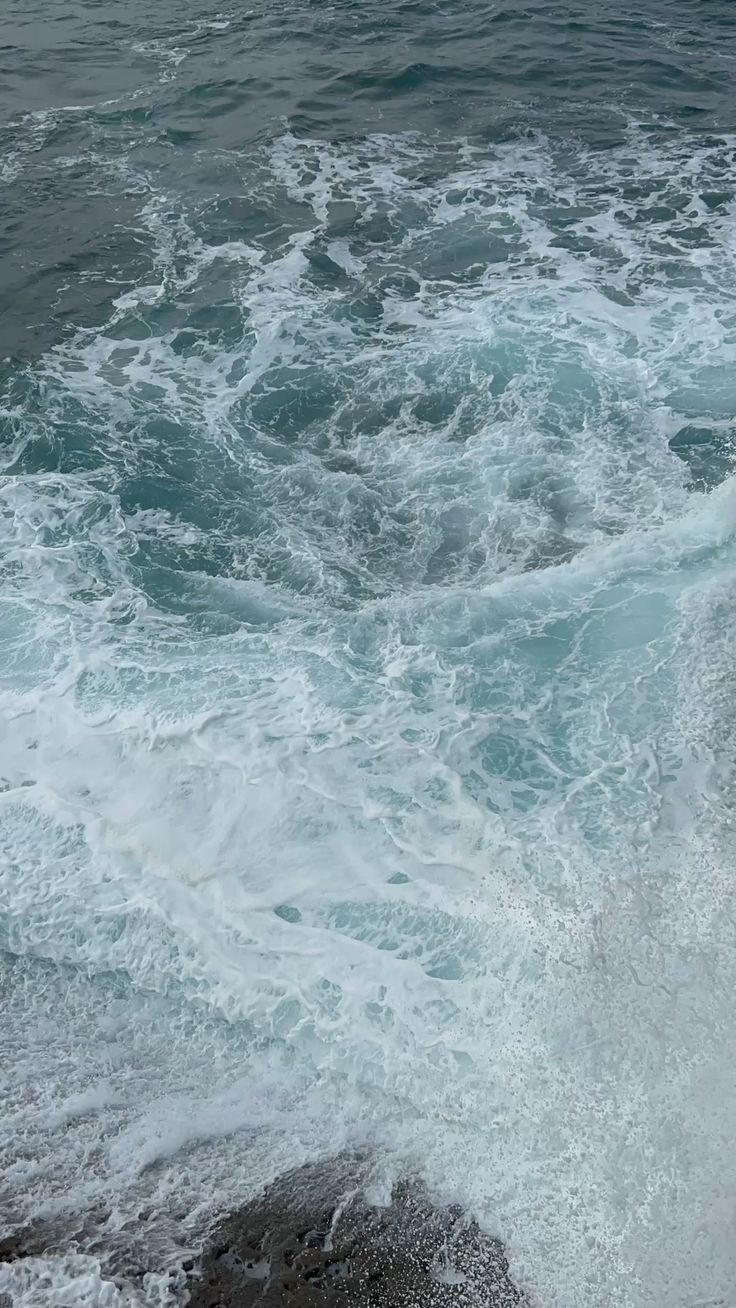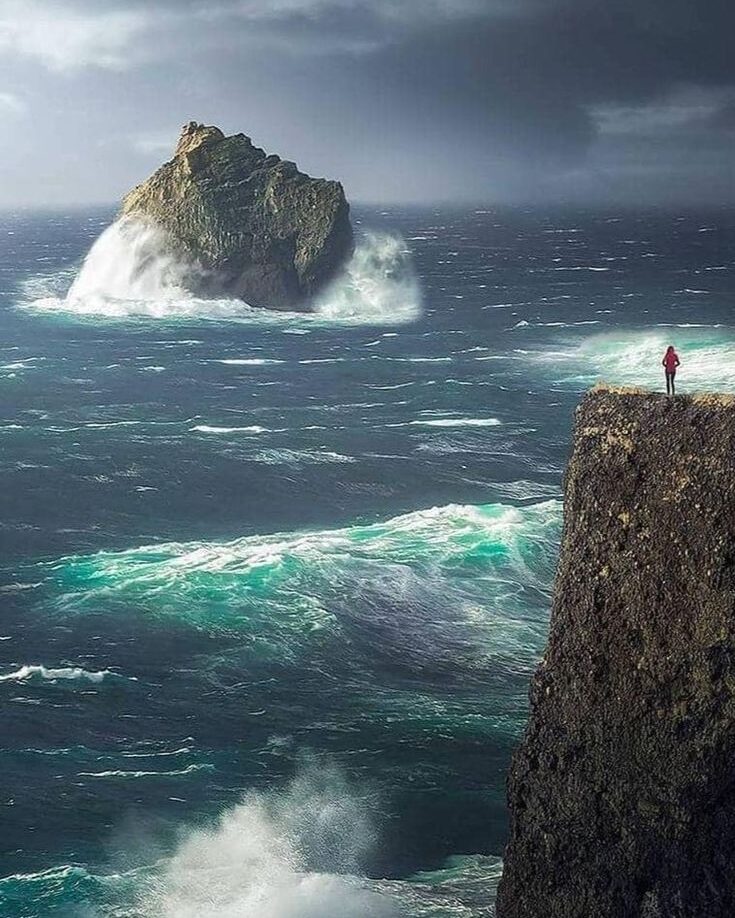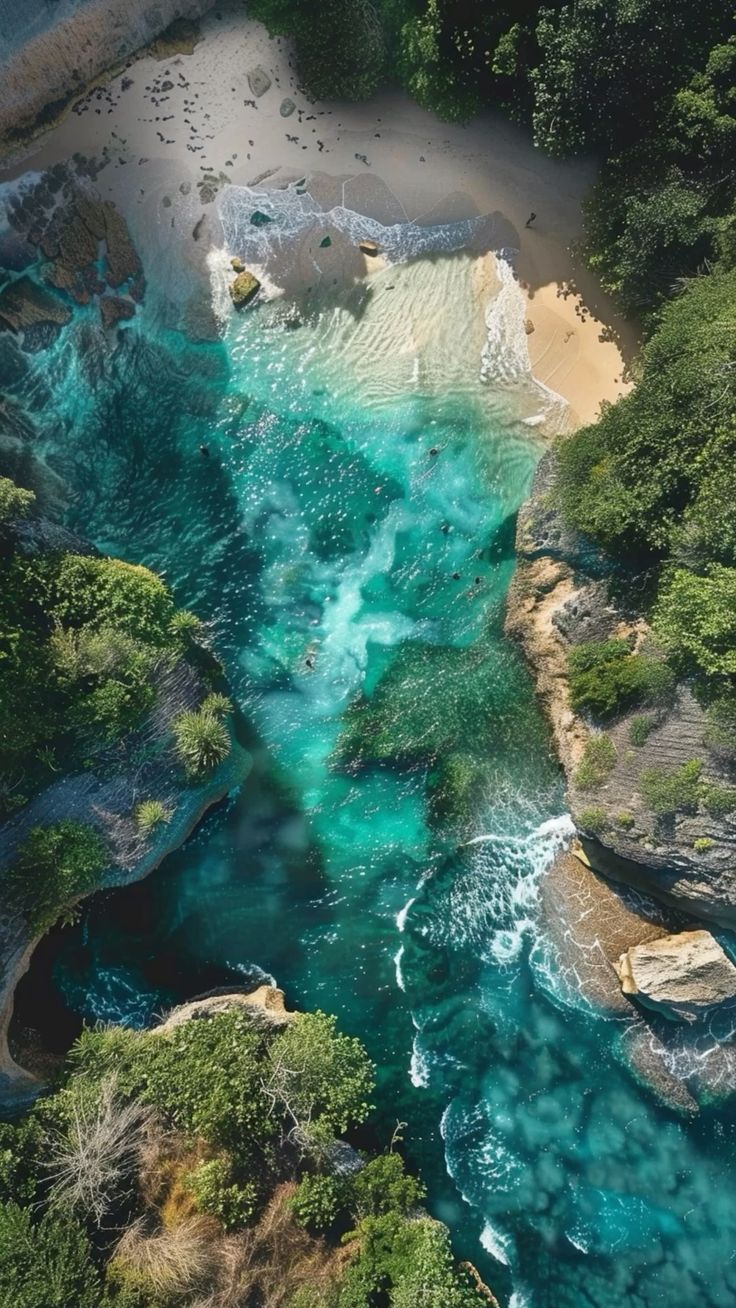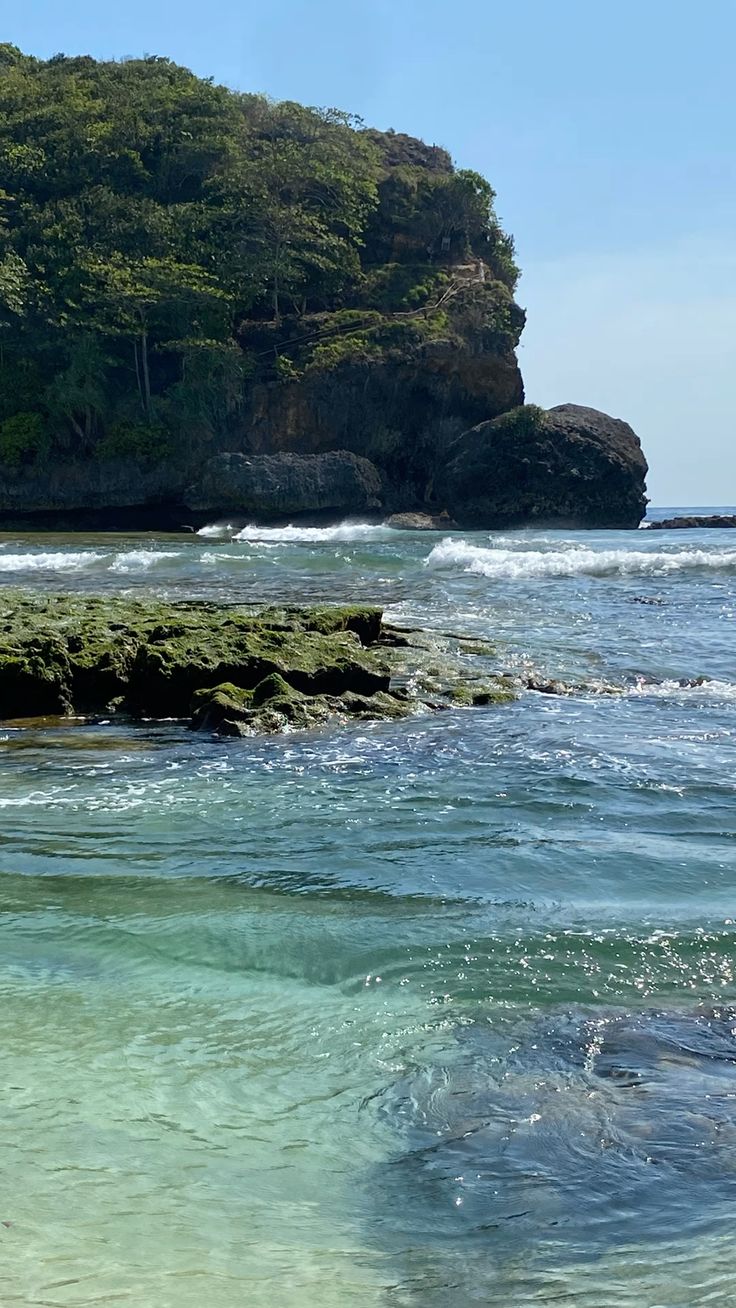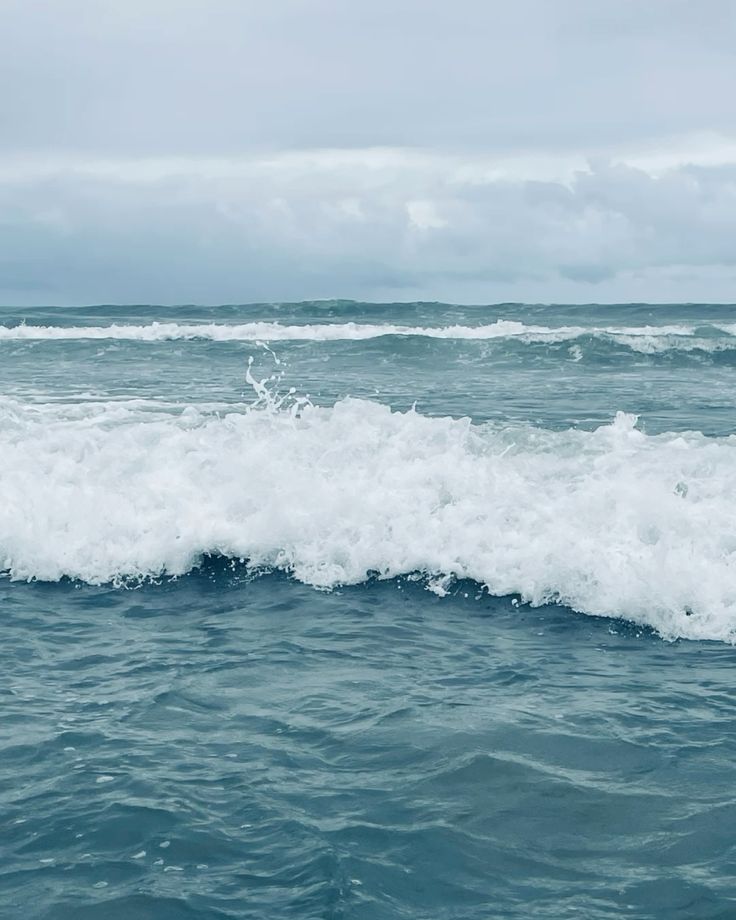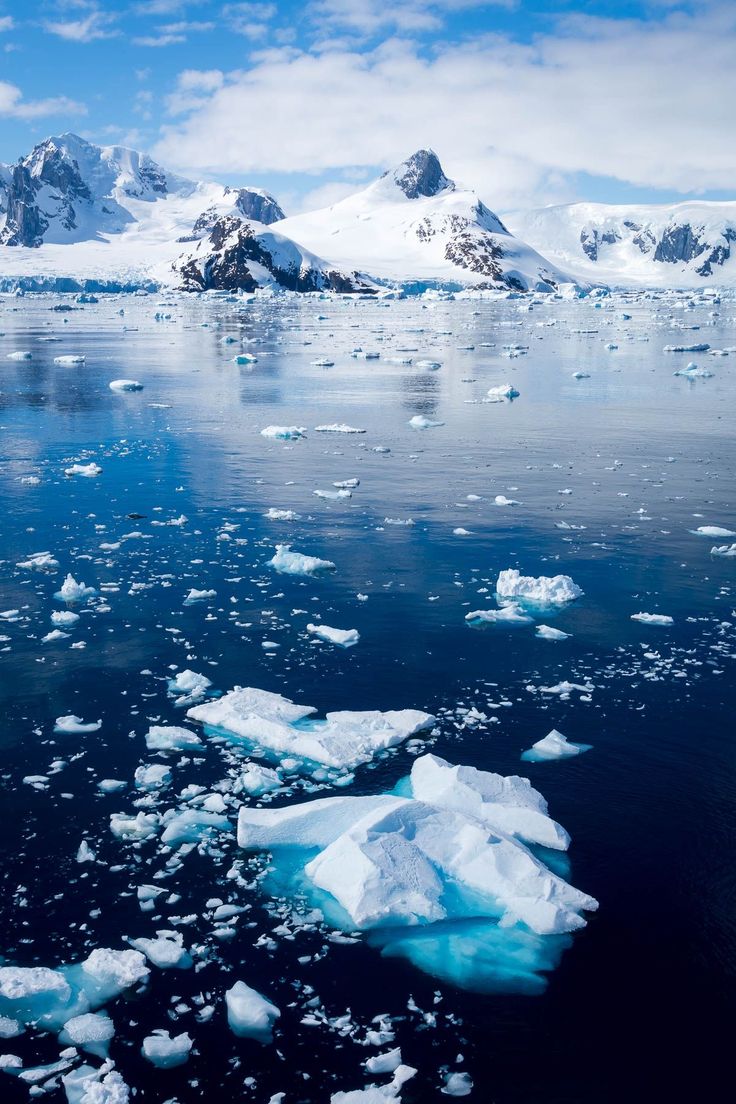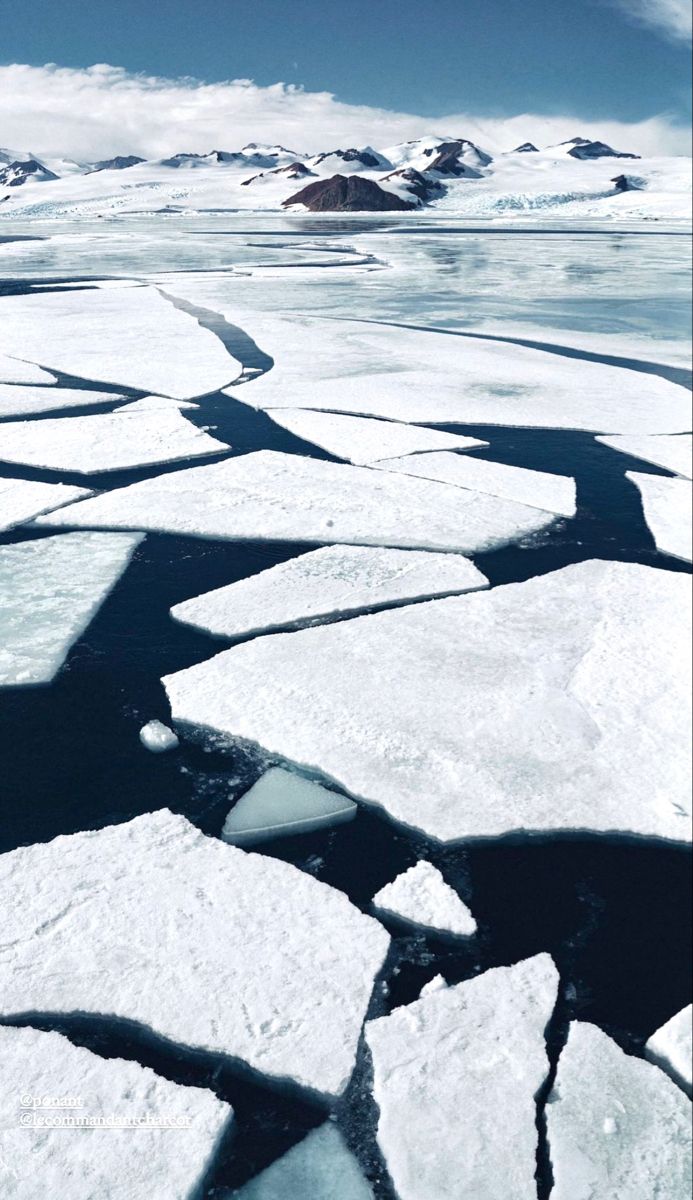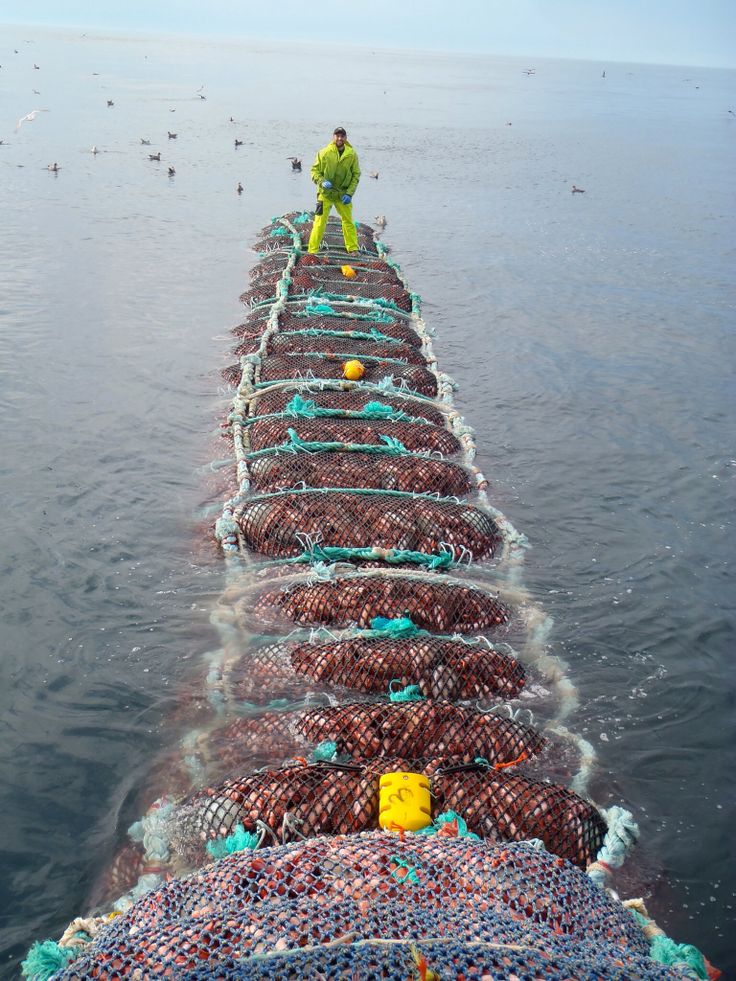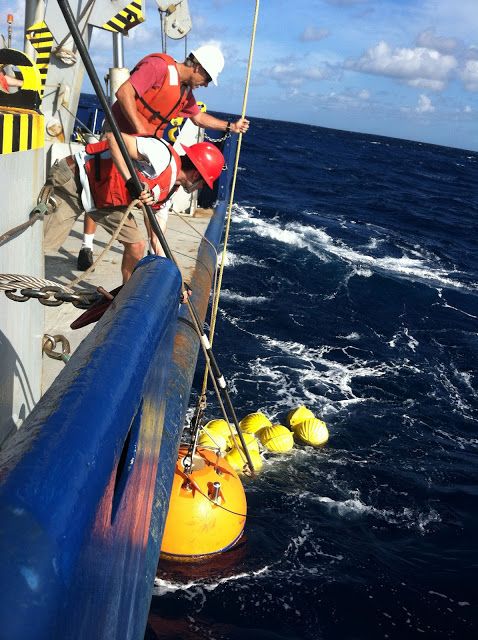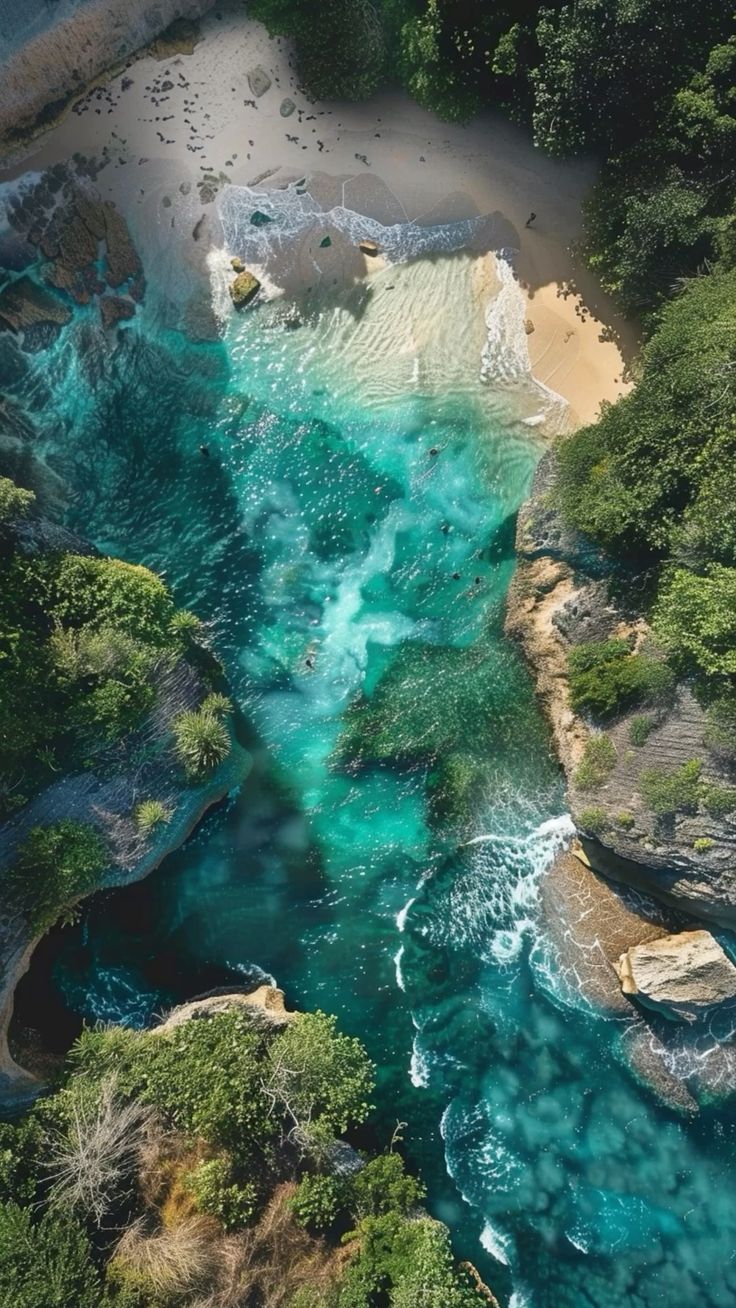1. Pacific Ocean: The Largest and Deepest Ocean(Oceans of the World)
-
oceans of the World-
-
Covering 63 million square miles, the Pacific Ocean holds 46% of Earth’s ocean surface. Its deepest point, the Mariana Trench, plunges 36,070 feet—deeper than Mount Everest is tall.
-
Geological Significance:
-
Thermohaline Circulation:
-
Oceanic Zones:
-
Ecosystem and Biodiversity:
2. Atlantic Ocean: The Second Largest Ocean(Earth’s Oceans)
-
Size and Depth:
-
-
Ocean Currents:
-
Marine Ecosystems:
-
Human Influence:
-
oceans of the World-
-
Size and Depth:
-
Geopolitical and Strategic Importance:
-
Climate Influence:
-
Biodiversity and Ecosystem
-
Environmental Threats:
4. Southern Ocean: The Polar Ocean(World Oceans)
-
oceans of the World-
-
Size and Depth:
-
Ecological Role:
-
Unique Biodiversity:Penguins, krill, and several seal species are among the creatures that have adapted to the harsh cold found in the Southern Ocean. The food chain of the Southern Ocean is based on krill, which sustain fish, whales, and other marine life.
-
Climate Regulation:
-
Climate Change Vulnerability:
5. Arctic Ocean: The Smallest and Shallowest(Oceans of the World)
-
Size and Depth:
-
Ice and Seasonal Changes:
-
Geopolitical and Economic Importance:
-
Biodiversity:
-
Climate Impact:
-
Heat Distribution:
-
Carbon Sequestration:
-
Ecosystem Services:


